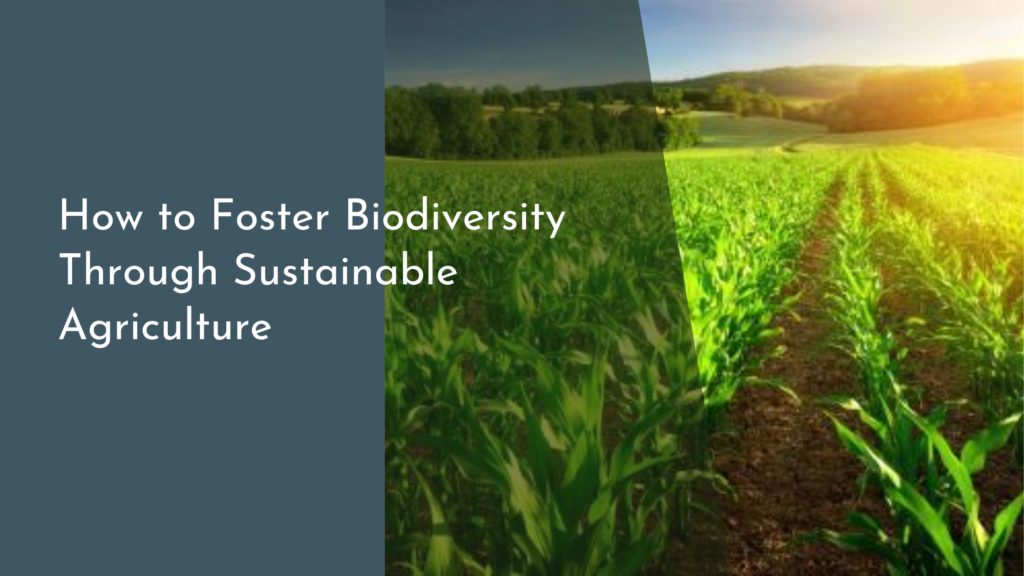Crop Diversity: Why It Matters in Permaculture
In the world of agriculture and gardening, the idea of crop diversity has become a vital topic, especially within the permaculture community. Permaculture, a holistic design system for creating sustainable habitats, thrives on the principles of working with nature rather than against it. One of the cornerstones of this approach is the incorporation of diverse crops, which not only enhances productivity but also promotes ecological balance. Embracing variety in our gardens can lead to thriving ecosystems, sustainable practices, and a resilient food system. Let’s delve deeper into why crop diversity matters in permaculture.
Embracing Variety: The Heart of Permaculture Success
At the core of permaculture lies the concept of diversity, which mirrors the complexity of natural ecosystems. By incorporating a variety of crops, permaculturists can create self-sustaining systems that mimic nature’s resilience. When different plants coexist, they can support each other through complementary growth patterns, reducing the need for synthetic fertilizers and pesticides. Moreover, a varied garden is less vulnerable to pests and diseases, as the presence of multiple species creates confusion for harmful organisms and minimizes their chances of spreading.
Additionally, embracing crop diversity means tapping into a wide range of nutrients and flavors, enriching our diets with seasonal produce. This variety not only keeps our meals exciting but also provides essential vitamins and minerals that promote overall health. By fostering an environment where different crops can flourish, we are not only ensuring the success of our gardens but also cultivating a deeper connection with the land and the food we consume.
Boosting Resilience: How Diverse Crops Thrive Together
Diverse crops contribute significantly to the resilience of a permaculture system. When multiple species are planted together, they interact in ways that enhance their survival and productivity. For instance, certain plants may fix nitrogen in the soil, benefiting neighboring crops that require this nutrient. Others may attract beneficial insects or deter pests, creating a natural balance. This symbiotic relationship empowers the garden to withstand challenges such as climate fluctuations, soil degradation, and pest invasions.
Moreover, crop diversity acts as a buffer against the unpredictability of nature. When one crop fails due to adverse weather conditions or disease, others may still thrive, ensuring a continuous harvest. This resilience not only safeguards the food supply for the gardener but also contributes to the larger community. By cultivating a diverse array of crops, permaculturists can create systems that endure, adapt, and flourish despite external pressures, ultimately leading to a more stable and secure food system.
Enhancing Ecosystems: The Benefits of Biodiversity
Biodiversity is a crucial component of healthy ecosystems, and diverse crops play a vital role in this equation. By planting a variety of crops, gardeners can foster habitats for beneficial organisms, including pollinators, earthworms, and microbes, which enhance soil fertility and plant health. This diversity creates a bustling ecosystem where each organism plays its part, contributing to the overall resilience and productivity of the garden.
Furthermore, crop diversity helps to maintain ecological balance by preventing monocultures, which can lead to nutrient depletion and increased vulnerability to pests and diseases. By incorporating a range of plants, permaculturists promote a dynamic environment that supports a wider array of wildlife and plant species, ultimately enhancing the health of the broader ecosystem. This not only benefits the garden but also contributes to global biodiversity, helping to protect our planet’s natural resources for future generations.
Sustainable Harvests: Crop Diversity for Future Generations
The practice of integrating crop diversity into permaculture is not just about immediate benefits; it is about ensuring sustainable harvests for future generations. By growing a range of crops, we are actively participating in the preservation of genetic diversity, which is vital for food security. As climate change continues to challenge traditional agricultural practices, resilient and adaptable crop varieties will become increasingly important.
In addition, crop diversity supports sustainable practices such as crop rotation and polyculture, which help maintain soil health and minimize the need for chemical inputs. These methods not only provide a continuous supply of fresh produce but also encourage regenerative practices that restore the land’s vitality. By prioritizing crop diversity, we are not only nurturing our gardens today but also laying the groundwork for a healthier, more sustainable future where communities can thrive in harmony with the environment.
In conclusion, crop diversity is an essential aspect of permaculture that benefits not just individual gardeners, but entire ecosystems and future generations. By embracing variety, we can create resilient systems that support biodiversity, promote sustainable harvesting, and ensure food security. As we cultivate our gardens with a diverse array of crops, we celebrate the beauty of nature’s complexity and work towards a brighter, more sustainable future. Let’s continue to sow the seeds of diversity and watch our gardens—and our communities—flourish!

